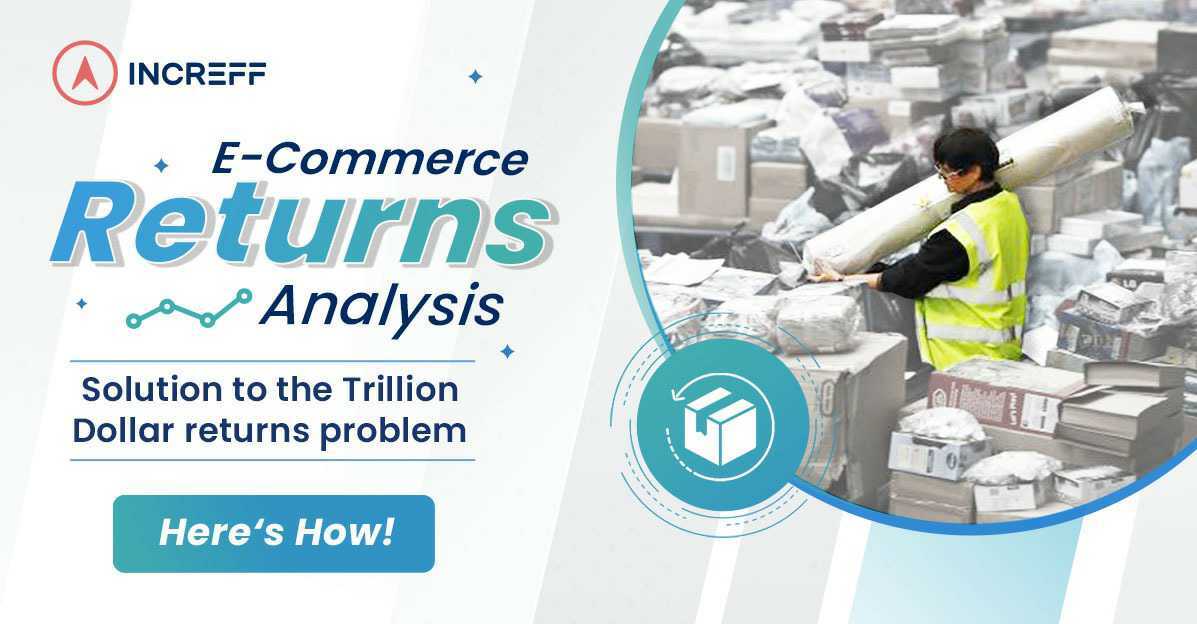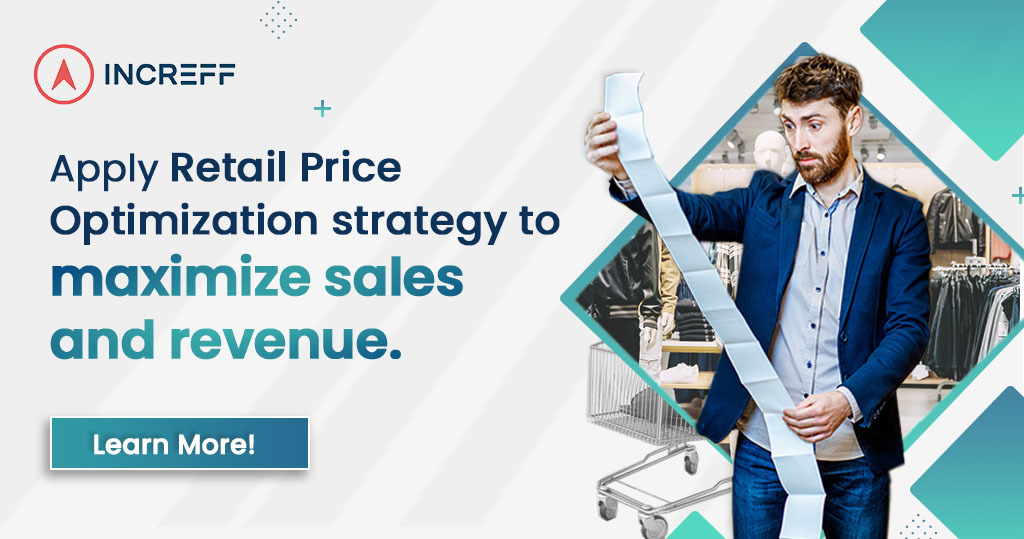The retail industry has broadly acknowledged and understood that slow and steady might no longer win the race. Operating in this digital age, being fast and accurate in order fulfilment is crucial to success.
Today B2B and B2C consumers expect fulfilment beyond seamlessness of identifying and buying a product, accuracy and on-time delivery, to post-sales support.
This has been a difficult target for retailers, given the exponential growth and multiplication of sales channels. The market is expected to grow at a CAGR of 7.7% from 2020 to reach $29,446.2 billion in 2025. The global retail market is expected to reach $39,933.3 billion in 2030, as a result, realigning retail fulfilment has been the top priority in the past few years, and the industry has made a paradigm shift from the conventional “warehouse fulfils” model to the “omnichannel fulfilment” model.
What is Omnichannel Fulfilment?
Omnichannel fulfilment means that a retailer’s inventory is available on multiple sales channels, both online and offline – to provide a unified shopping experience to the customers. Omnichannel fulfilment optimizes resource utilization to ensure that orders can be fulfilled from a store or a warehouse, whichever is convenient and nearest to the customer.
Critical Advantages of Omnichannel Fulfilment
- Accelerated Inventory Turns
- Shorter Lead Time
- Improved Customer Satisfaction
- Improves Brand Loyalty
Rising Costs in Omnichannel Fulfilment
Order fulfilment speed and accuracy is at the core of giving experiences to customers that they demand today. Many retailers struggle due to omnichannel fulfilment’s high logistical and administrative costs.
The reason is the complexity of sales and distribution through multiple channels. The challenges could be in the following areas:
- Transportation and shipping costs are fluctuating and ever-increasing. Throughout the retail supply chain, logistics costs are paid to manufacturers, trucking companies, third-party logistics service providers, shipping carriers, freight brokers, and various other vendors
- Inefficient warehousing processes lead to inventory mismanagement and loss in sales
- Inadequate inventory stocking and allocation in stores, warehouses or fulfilment centres, resulting in regional product shortages, overstocking and inventory mismatch
- Lack of inventory analytics that can provide an overview of historical operational performance across different sales channels
- Last-mile challenges like lack of infrastructure leading delayed fulfilment in smaller towns
- Manufacturing defects or other errors in products that are sold and shipped
- Messy and expensive reverse logistics to manage returns
Retailers will need to be innovative to be profitable across channels, as customers expect faster deliveries and 100% accuracy in order fulfilment. Retailers can manage costs and significantly boost customer satisfaction by having an analytical and data-driven approach to omnichannel fulfilment strategy.
Best Ways to Reduce Omnichannel Fulfilment Costs
1) Product Sourcing
It may be worthwhile to review sourcing from vertically integrated manufacturers closer to the retailer’s warehouse. This will ensure that sourcing is done in the most cost-effective manner.
2) Region-Wise Inventory Optimization
The idea is to be closer to the customer to reduce freight, delivery lead times and all costs associated. Retailers must ensure a healthy equilibrium between inventory distribution and regional demand by allocating the right inventory closer to the right customer, on their preferred sales channel.
3) Outsource Multi-Location Warehousing
Dedicated contract warehousing reduces fixed and recurring costs. Retailers should consider outsourcing warehousing or cloud warehousing services to reduce omnichannel fulfilment costs.
4) Improve Picking and Packing Process
This labour-intensive task is always a high cost. Making the process more efficient and applying tools to measure employee efficiency would help reduce costs and increase productivity. Inventory should also be serialized to automate the entire process and have 100% inventory traceability.
5) Inventory Analytics
This provides critical insights so retailers can improve business intelligence with sophisticated data science for the most efficient product handling. Retailers often have cash flow locked up in additional or inaccurate inventory due to a lack of analytics. It is imperative to invest in technology that gives a streamlined and most current view of your inventory in relation to demand. This will help improve cash flow and enhance ROI.
6) Solve Last Mile Challenges
A report by SOTI finds that nearly half of global transportation and logistics companies use outdated technology for last-mile delivery. It offers little help in combatting delays and high shipping costs. With the implementation of a platform that can provide real-time information, logistics challenges and added costs can be addressed by businesses. Value-added partnerships also help companies synergize to streamline deliveries and returns. Fulfilment costs can be reduced as brands don’t have to build new functionalities but simple partner with companies that have respective expertise.
7) Simplify Returns Process
Consumers have come to expect a hassle-free return policy, no matter which channel they purchase on. The primary goal of reverse logistics is to recover value from assets to increase revenue and reduce expenses. This can be done by directing the returned product to the nearest point of supply and made available for purchase afresh, ensuring the defective products have been segregated.
With an omnichannel focus, the retail business has become broad, diverse, and complex. However, some retail giants are ruling. These are retailers that have established immense credibility by delivering consumer expectations while maintaining healthy bottom lines. It is time every retailer prioritizes omnichannel fulfilment cost reduction by adopting technology-driven solutions.





